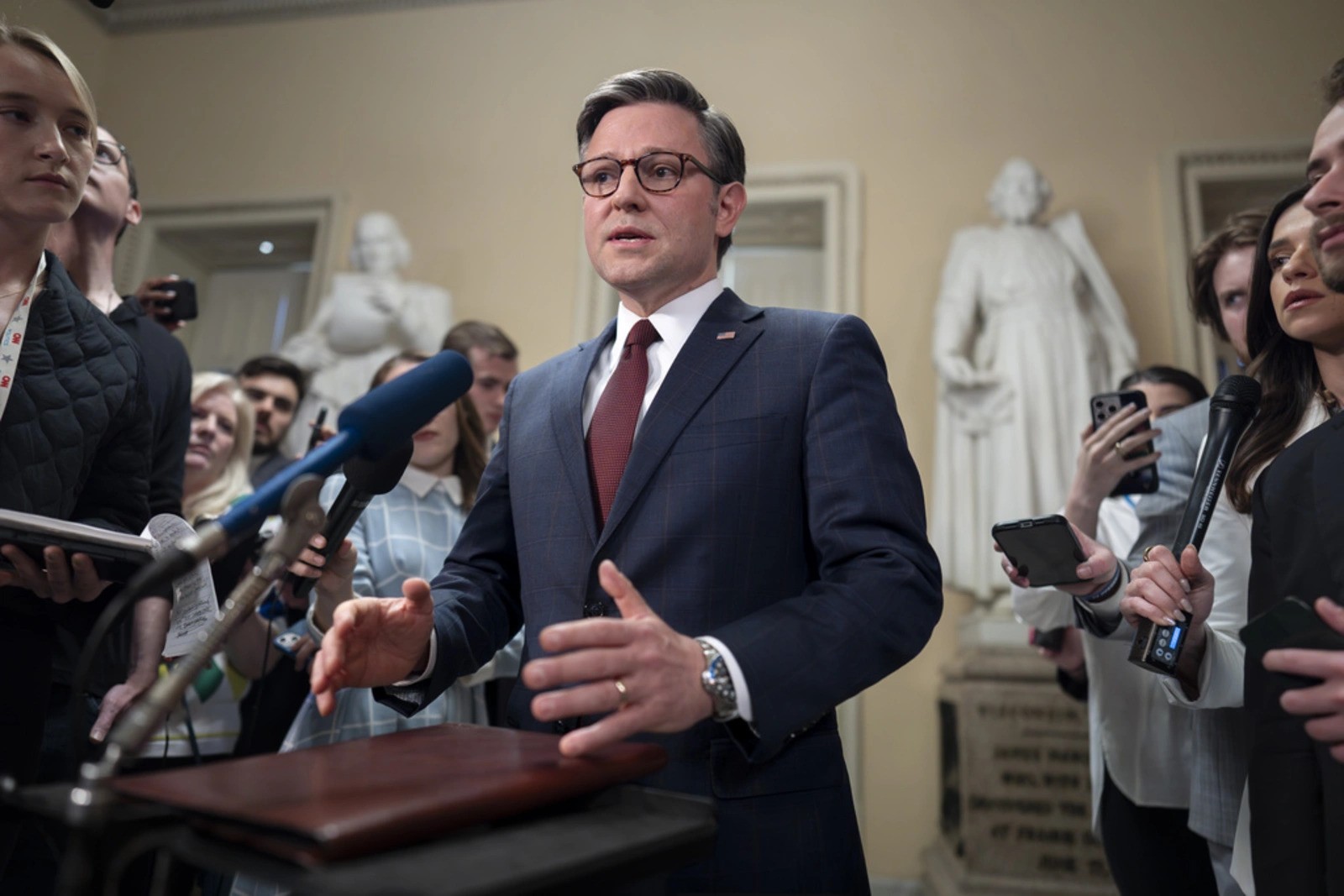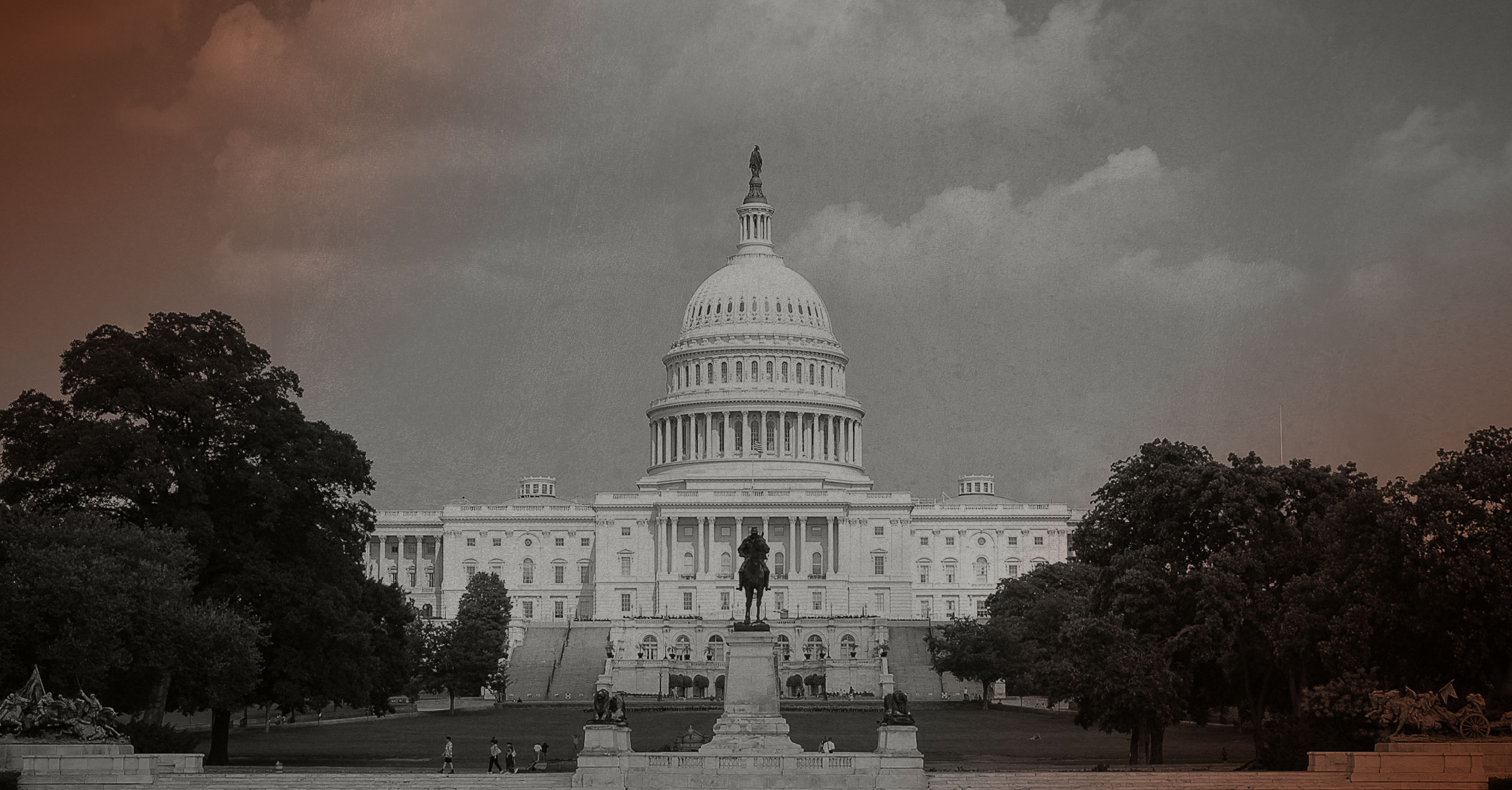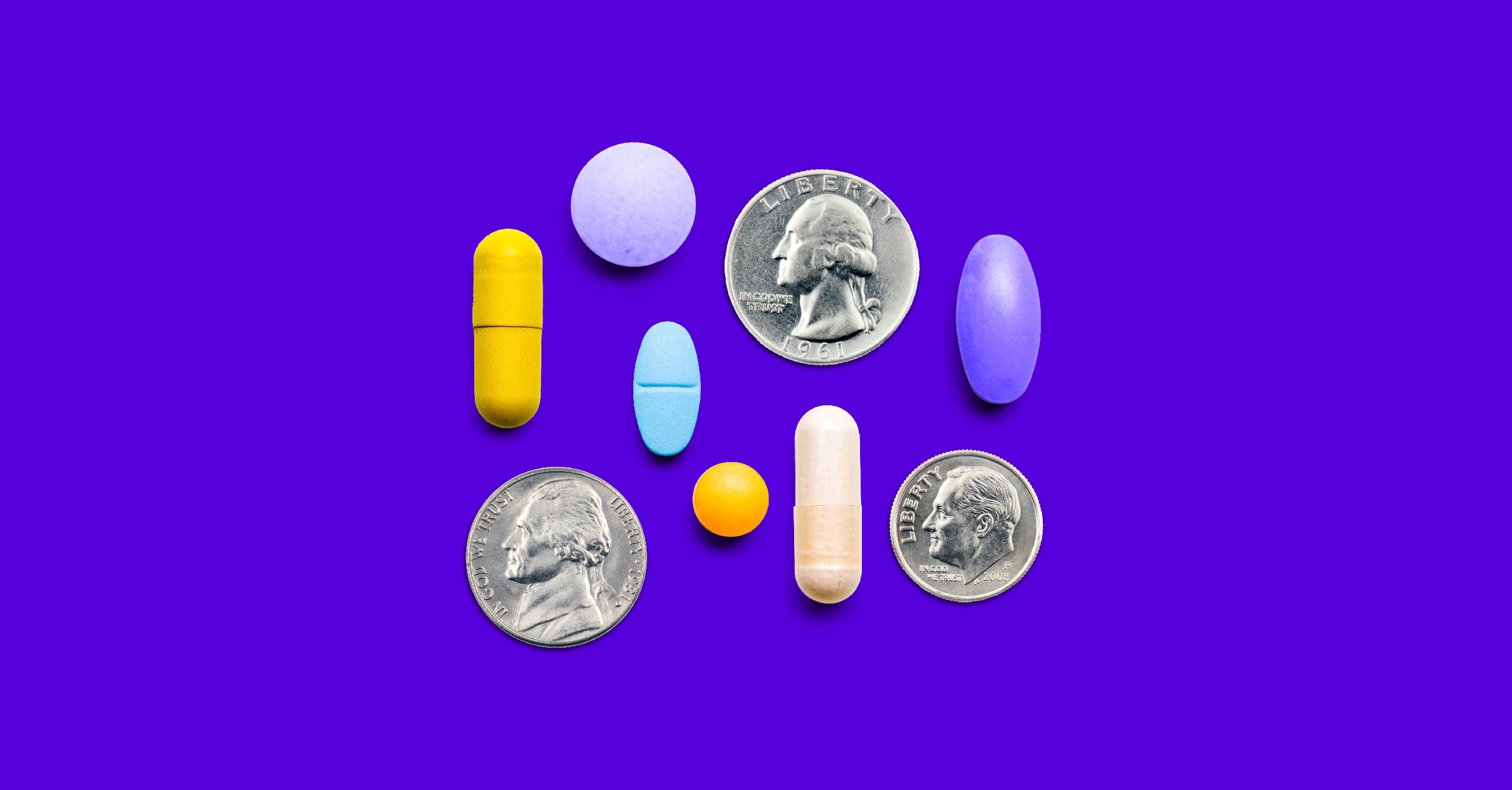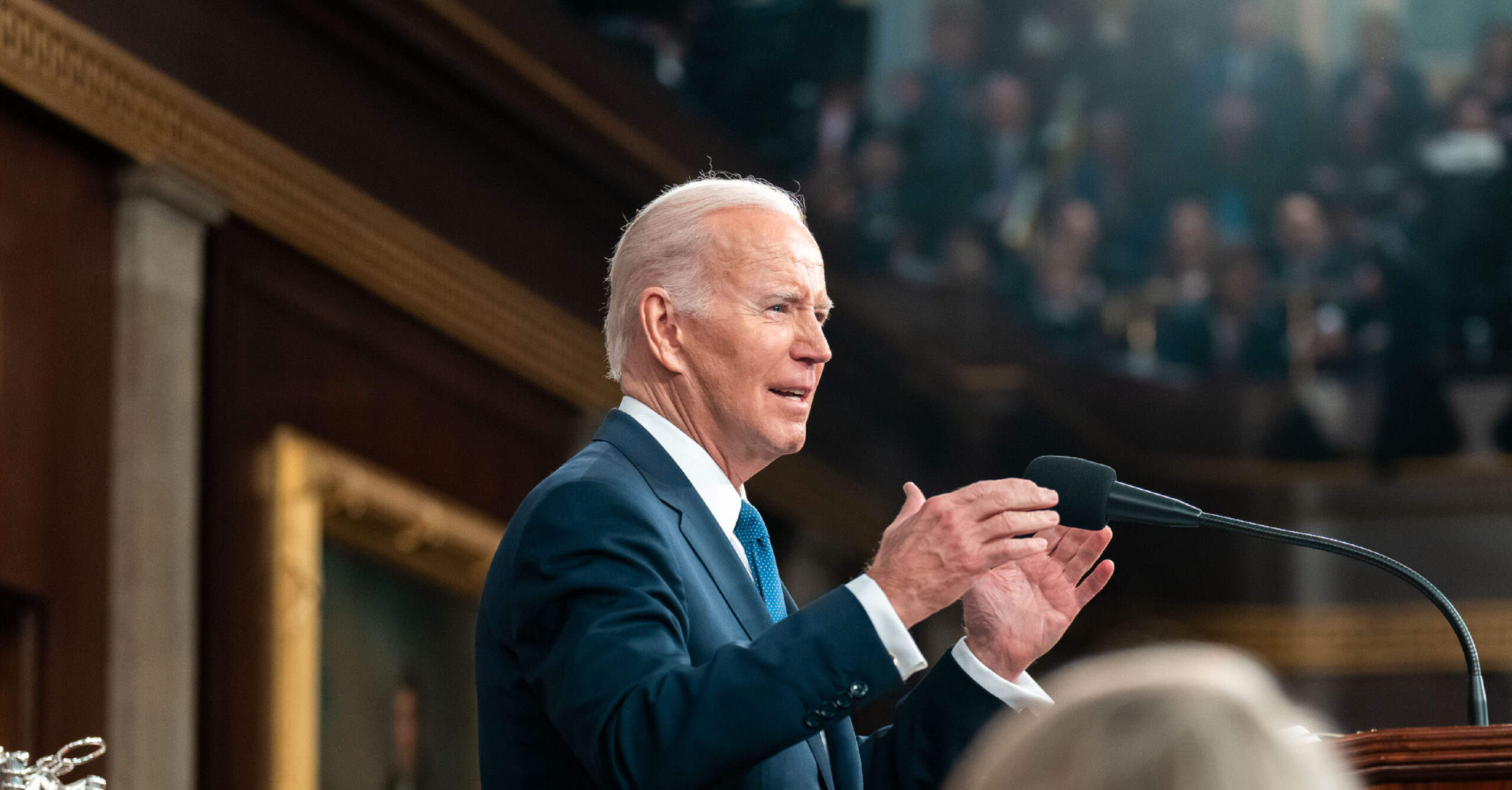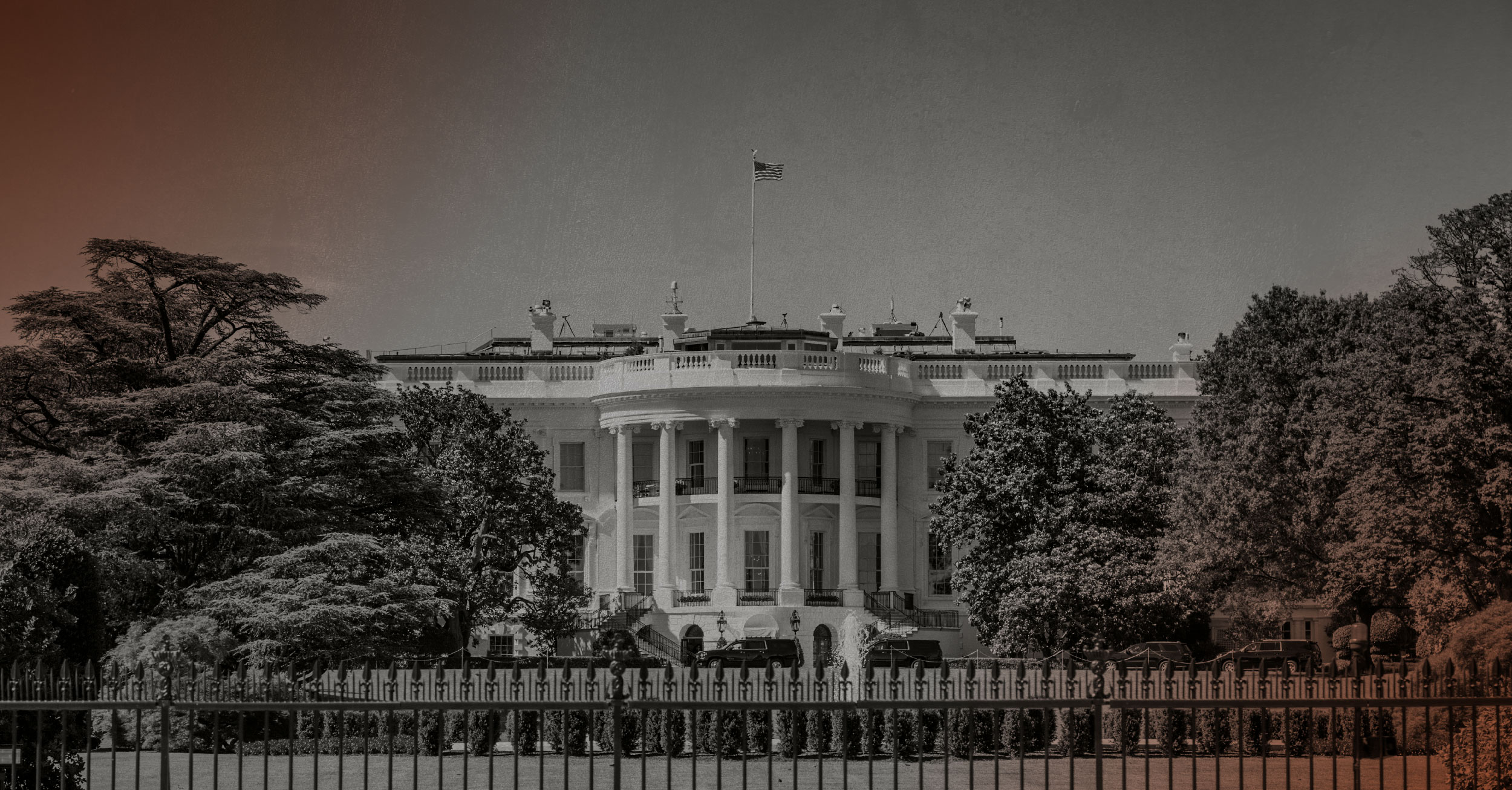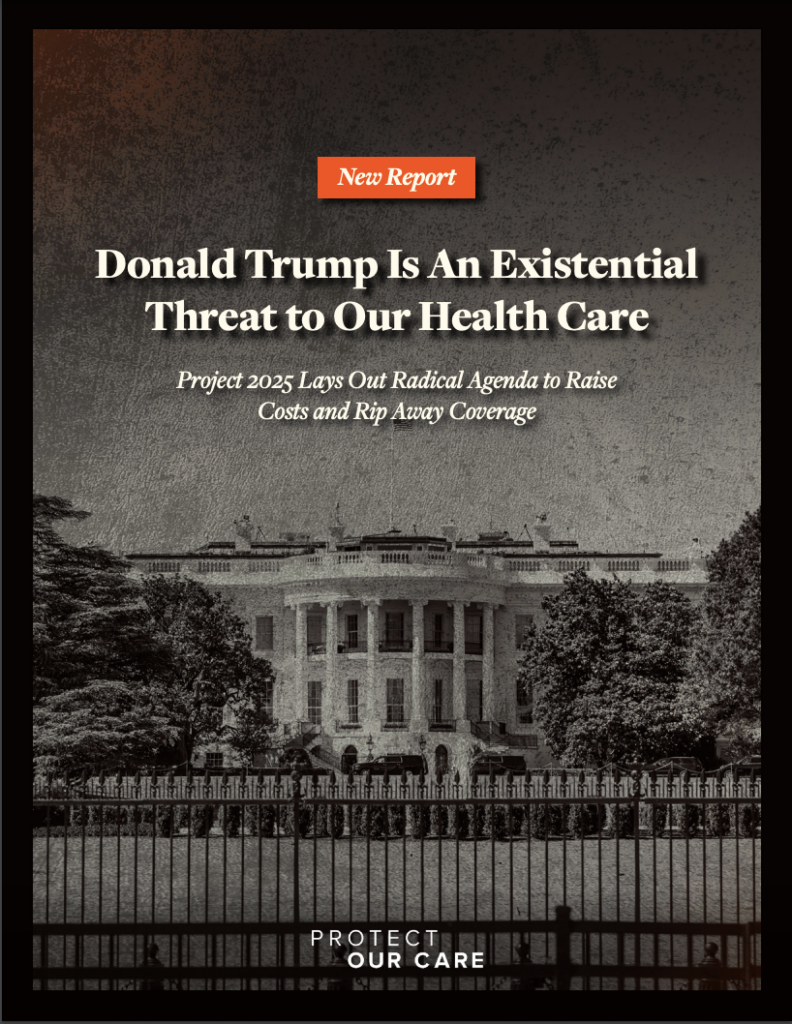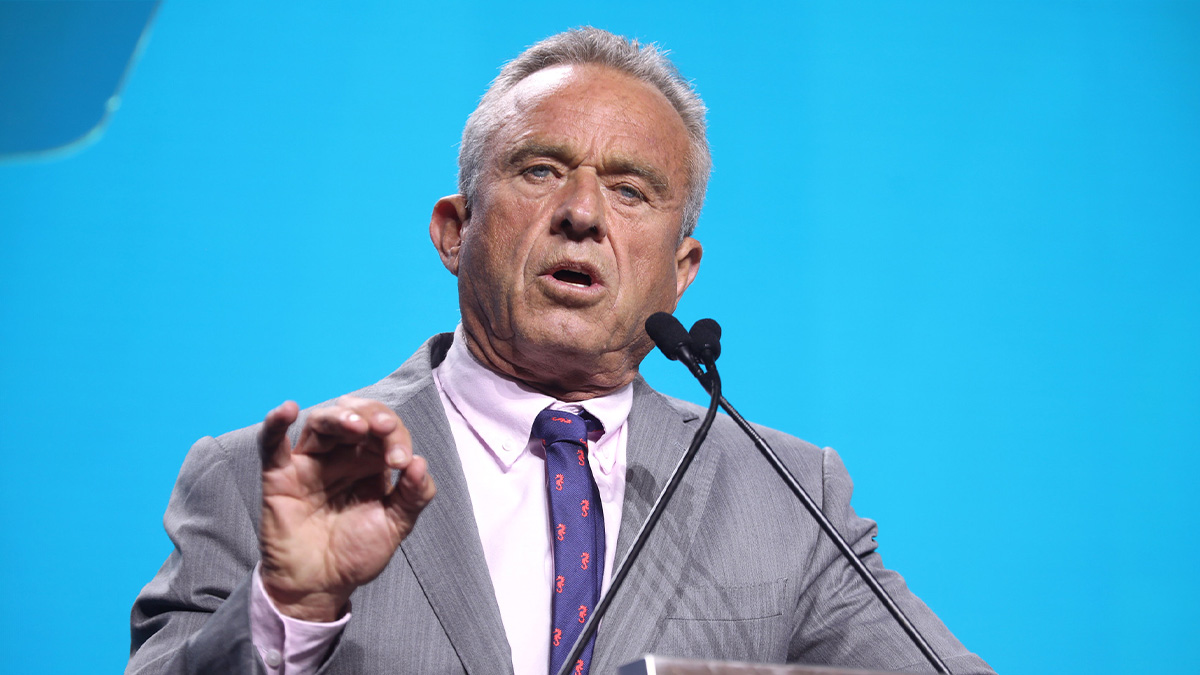
Donald Trump has once again moved to undermine the health care of millions of Americans by nominating Robert F. Kennedy Jr. to be the next Secretary of the Department of Health and Human Services (HHS). Kennedy is a clear threat to the health care and public health institutions that keep Americans safe. From his fringe views on vaccines to outrageous racist and antisemitic conspiracy theories, Kennedy’s bizarre beliefs demonstrate his obvious lack of fitness for the position. Kennedy has no experience crafting health policy and he wants to dismantle drug development and infectious disease research. His abhorrent and deadly conspiratorial beliefs should not be anywhere near the top federal agency dictating health policy. If he gets confirmed, millions of American lives will be at stake.
RFK Jr. Is A Threat To Public Health
“No Vaccine Is Safe and Effective:” Kennedy Has Been A Leading Anti-Vaccine Voice For Decades With Deadly Consequences, Frequently Targeting Black Communities. Kennedy, who has said, “There’s no vaccine that is safe and effective,” has been a leading voice pushing anti-vaccine conspiracy theories for years. He even said he accosts strangers with babies and urges them not to vaccinate to “save” their children. Nearly two decades ago, Kennedy began spreading a conspiracy theory about the government supposedly working to cover up connections between autism and vaccines. Kennedy has specifically targeted his anti-vaccine dogma at Black Americans. He pushed false claims about Black Americans supposedly being “particularly vulnerable to vaccine injuries including autism” during a 2017 measles outbreak devastating Minnesota’s Somali-American community. In a 2020 interview, Kennedy also asserted without evidence that “People with African blood react differently to vaccines than people with Caucasian blood. They’re much more sensitive.” During the COVID-19 pandemic, he also called the COVID-19 vaccine “a crime against humanity” and falsely claimed that it is the “deadliest vaccine ever made,” releasing a film promoting disproven claims about the dangers of vaccines and explicitly warning Black communities of “sinister” vaccination campaigns. His rhetoric has had deadly consequences; in 2019, 83 people died in a measles epidemic in Samoa after Kennedy visited the island country and met with prominent local anti-vaccine activists.
Kennedy Promotes Dangerous Conspiracy Theories About Fluoridated Water, 5G Cell Service, Antidepressants, “Gay” Chemicals In The Environment, HIV/AIDS, and More. Kennedy believes fluoridated water is “drugging” our children, and has said the second Trump administration would advise states and communities to remove fluoride from the water supply completely. He has also circulated the bogus notion that 5G cellular networks are dangerous, alleging that 5G “causes cancer” and, ‘DNA dysfunction…making our children stupider and sicker.” Kennedy has promoted bizarre beliefs about antidepressants, blaming the SSRI class of medication for school shootings. He has also repeatedly shared unfounded conspiracies that man-made chemicals in the environment could be making children gay or transgender and causing the so-called feminization of boys and masculinization of girls. On multiple occasions, Kennedy has suggested that AIDS may not be caused by HIV, an established scientific fact for decades, claiming instead that, “There are much better candidates than HIV for what causes AIDS.”
Time and Again, Kennedy Has Embraced Blatantly Racist and Antisemitic Views On Public Health Issues. Kennedy has a long history of racism and antisemitism. He has frequently met with and promoted antisemites ranging from disgraced musicians like rapper Ice Cube to fringe online broadcasters and virulent antisemites. At a July 2023 dinner, Kennedy proposed that the COVID-19 virus may have been ethnically targeted to spare Jewish and Chinese people: “COVID-19 is targeted to attack Caucasians and Black people. The people who are most immune are Ashkenazi Jews and Chinese.” After the speech went viral, neo-Nazis, holocaust deniers, and antisemites celebrated Kennedy’s conspiracy theory as “100% correct.” In November 2024, new reporting revealed that Kennedy embraced the possibility that the government manufactured the COVID-19 “plandemic,” declaring that the public health response was part of an “agenda that will enslave the entire human race.”
RFK Jr. Is A Threat To The Health of Every American
“I Do Not Believe That Infectious Disease Is An Enormous Threat To Human Health:” Kennedy Threatens to Dismantle America’s Public Health Apparatus. Kennedy has said he will pause all research on drug development and infectious disease and fire hundreds of NIH and FDA employees: “I’m going to go to NIH my first week and I’m going to call all the division heads and I’m going to call all the bureau chiefs and I’m going to say, we’re going to give drug development and infectious disease a break…for about eight years.” Kennedy has also claimed that he will go after medical journals and redirect funding away from disease research. In 2023, Kennedy said, “I do not believe that infectious disease is an enormous threat to human health.”
Kennedy Will “Go Wild” On Women’s Health and Destroy Transgender Health Care. Trump has ominously threatened to let Kennedy “go wild” and “do whatever you want” on women’s health. In August 2023, he backed a 15-week federal abortion ban. Though his campaign quickly walked back the policy, Kennedy stated, “I think the states have a right to protect a child once the child becomes viable, and that right, it increases,” and suggested the point of viability was three months – suggesting that he never supported Roe v. Wade’s federal abortion protections in the first place. RFK Jr. also supports banning evidence-based gender-affirming care that many medical experts consider a medical necessity, calling it a “non-existential” issue.
RFK Jr. Is Unfit to Run America’s Health Care System
Kennedy Is Completely Unqualified To Lead The Nation’s Largest Civilian Agency. Kennedy has no relevant experience for this position, has never worked in government, and has never directed a large organization of any kind. His anti-vaccine group, Children’s Health Defense, lists fewer than ten staff members, compared to more than 80,000 employees of HHS across a diverse array of sub-agencies and departments. Despite being nominated to run HHS, RFK Jr. has failed to take any position on America’s largest health care institutions – Medicare, Medicaid, and the Affordable Care Act (ACA) which fall under the purview of HHS. In the past, Kennedy falsely claimed that the passage of the ACA resulted in Democrats “getting more money from pharma than Republicans.”
Brain Worms, Animal Carcasses, and Extramarital Affairs: Kennedy Is Unstable and Unfit to Hold Office. Kennedy has a long and well-documented history of erratic and bizarre behavior. In May 2024, Kennedy disclosed that in 2010 doctors found a dead parasitic worm in his brain, leading to brain fog and memory problems. In August 2024, Kennedy admitted to illegally napping roadkill, moving a bear cub’s carcass that was hit by a car in upstate New York to Central Park, and staging a bicycle accident. Federal law enforcement is also currently investigating RFK Jr. for cutting off the head of a dead whale and taking it home 20 years ago. Kennedy has a known history of extramarital affairs as well; this year alone, news broke of a sexting scandal with a reporter and four women came forward claiming to have been romantically involved with Kennedy.


